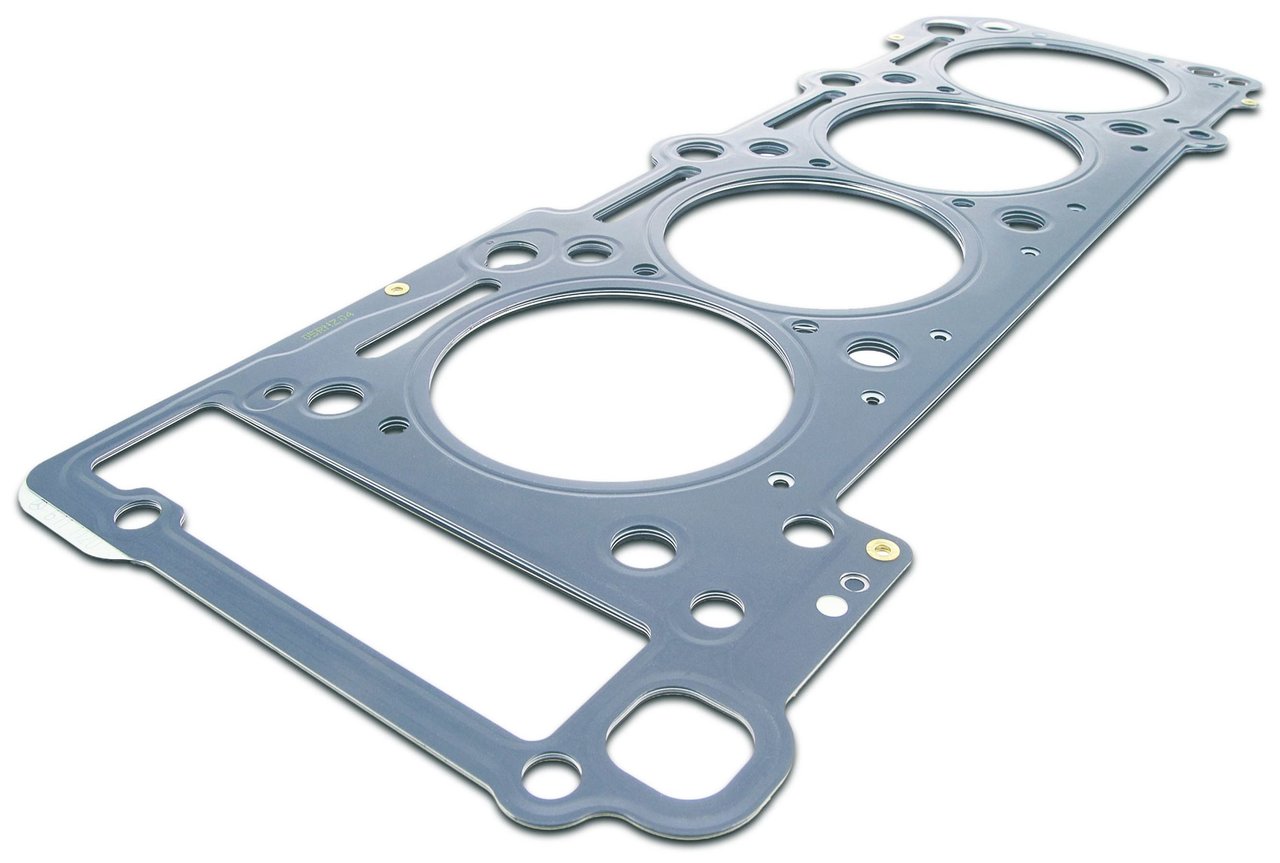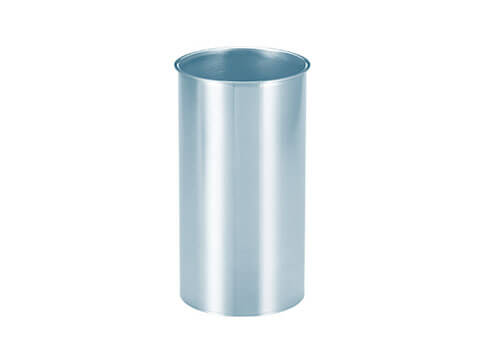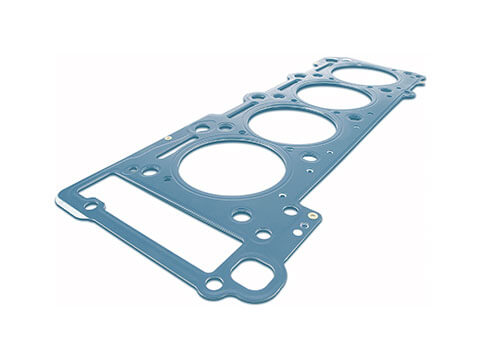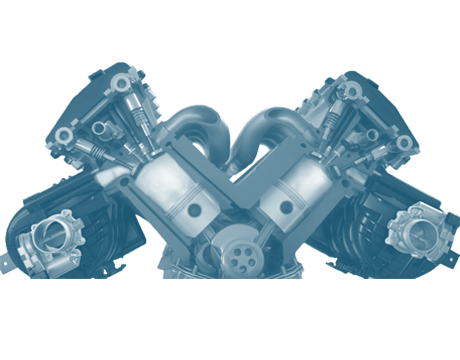Cylinder head
The cylinder head is an engine component which seals the top of the combustion chamber. It is mounted on top of the engine housing.
Function
The cylinder-head gasket is installed between the engine block and the cylinder head.
The cylinder head has the following tasks:
- Sealing between the combustion chamber and cylinder block
- Forming the shape of the combustion chamber
- Dissipating the heat from the combustion process
It contains the most important mechanical components for controlling the gas exchange process. The following components are situated in the cylinder head:
- Inlet and outlet ports of the cylinders
- Valve control
- Oil ducts for lubricating the valve train
- Coolant ducts
- Spark plugs (on petrol engines)
- Injection valves (on petrol engines with direct injection)
- Injection nozzles and glow plugs (on diesel engines)
Its construction design essentially influences the operating characteristics and performance of the engine.
Cylinder heads are manufactured by means of a low-pressure, chilled-casting procedure.
Cylinde-head cooling
In most engine designs, the cylinder head is also cooled with coolant due to the high levels of thermal stress.
Water-cooled cylinder heads
Modern engines are water-cooled with only a few exceptions. Generally speaking, the coolant comprises a mixture of water, antifreeze and anticorrosion agent. The coolant is fed from the crankcase through the cylinder-head gasket and into the cylinder head.
Advantages of water-cooled cylinder heads:
- Coolant can absorb and discharge larger amounts of heat.
- More effective cooling can be achieved in the engine due to the cooling ducts between the cylinders and in the cylinder head.
Air-cooled cylinder heads
Air-cooled cylinder heads are exclusively cooled by the air which flows past them: they are equipped with large cooling fins for this reason.
The advantages of air-cooled cylinders are as follows:
- Simpler, inexpensive design
- Reliable operation
- Lower weight
- Coolant does not freeze when ambient temperature is very low
Differences between cylinder heads for petrol engines and those for diesel engines
The cylinder heads found in petrol engines and diesel engines differ to a great extent in certain points. For diesel engines featuring a prechamber and swirl chamber, the combustion chambers are accommodated in the cylinder head. This results in high temperatures (of up to 900 °C) and correspondingly high levels of thermal stress which place high demands on the design of the cylinder head. The arrangement of the combustion chambers can result in unequal thermal expansions, which can consequently cause the cylinder head to warp. The system for conveying cooling water to the combustion chambers also demands challenging design solutions.
Safety
The cylinder head is subjected to very high levels of force due to the fact that the combustion process in a cylinder exerts the same force on the cylinder head as on the piston. It is often not bolted to the cylinder for this reason, but rather directly to the crankshaft housing by means of long, specially designed bolts.
By pre-tensioning these cylinder-head bolts – which has an elastic, flexible effect on them – the bolts are better able to withstand the dynamic loads that occur. The engine remains leak-tight as a result.
Value retention
The appropriate action should be taken immediately if any abnormal engine operation is noticed.
Such abnormalities may include the following:
- Poor cold-starting performance
- Loss of power
- Coolant temperature in red zone
- Oil in coolant
- Water and oil need topping up at short intervals
If such problems occur, the engine should be switched off immediately and an expert consulted to establish the cause.
Regular maintenance and inspection of the vehicle and engine at an automotive workshop can help to retain a car’s value over the long term.








